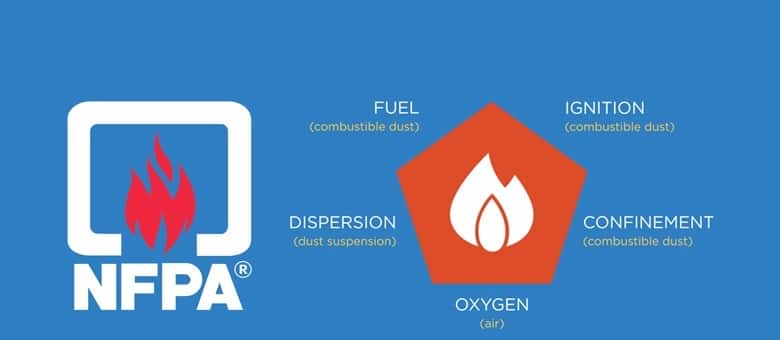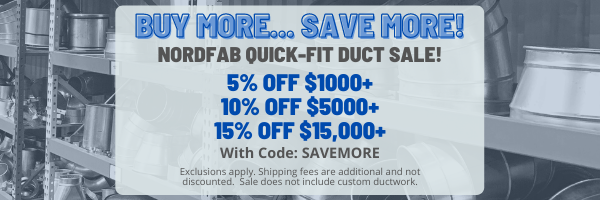This blog post will highlight the upcoming changes to NFPA 652, Standard on the Fundamentals of Combustible Dust. To help you stay compliant, Heneveld Industrial Group is able to provide solutions to your implementation plan after your DHA is performed. Disclaimer: all dust produced in your facility must be tested for combustibility. If not combustible, proper documentation must be available stating a DHA is not required.
NFPA 652 Update
Effective September 7, 2020 updates to NFPA 652 will go into effect for all businesses producing combustible dust. NFPA 652 covers the fundamentals of combustible dust including the basic safety standards, fire and explosion prevention tips, as well as management tips on how to address specific hazards in the workplace. The overall goal of NFPA 652 is to prevent injuries and deaths from fires and explosions caused by combustible dust in the workplace. The updates to this standard include:
- Dust Hazard Analysis (DHA) will need to be performed on all existing processes producing combustible dust by the effective date September 7, 2020, and immediately performed for all new processes
- DHAs must be reviewed and updated every 5 years
- Housekeeping requirements will be more detailed and specific, including how and where to vacuum and sweep to avoid combustible dust build up
- Exemptions are no longer made for isolation of ducts with diameter of 4 inches or less
- Equipment less than 8 cubic feet will no longer require explosion protection, since they present a lower risk
Will This Update Affect You?
If your facility produces dust, the first step is to determine if your dust is combustible or not. If your dust is not combustible, NFPA 652 will not apply to you. If combustible, the next step is to perform a Dust Hazard Analysis (DHA). DHAs must be performed by a qualified person familiar with the hazards of combustible dusts, as well as the materials specific to the facility. Your DHA may be performed by someone within the company; however, it is recommended to outsource this to a company specialized in DHAs and combustible dust safety.
What Is A DHA?
Dust Hazard Analysis’ help in determining the combustibility of dusts within your own facility. The first step is to analyze your dust to determine the combustibility. The next step in the analysis is to determine any hazardous areas within the facility. Once combustibility and hazard areas are established, possible explosion scenarios are identified. The explosion scenarios are ranked based on severity and safe operating ranges for each type of combustible dust. The final step in the DHA is to review existing facility safeguards and note any improvements that will need to be made.
Once the DHA is performed, an implementation plan will be developed for making improvements. These improvements may include design or equipment updates and updating housekeeping protocols. In order to stay compliant with the NFPA, these updates must be executed.
How Heneveld Industrial Group Can Help
Staying compliant with these NFPA changes may seem like a daunting task, but Heneveld Industrial Group is here to offer you solutions! From wet collection equipment able to effectively collect combustible dust to industrial vacuums to assist with housekeeping needs, Heneveld Industrial Group is able to help with all improvements.
Not sure what your DHA means or what to do once it’s completed? Reach out to our team anytime and we can review results and offer our recommendations and expertise.
For questions regarding the NFPA update, DHAs or your implementation plan, call our team today! We are here to assist to ensure your company stays compliant and safe.


